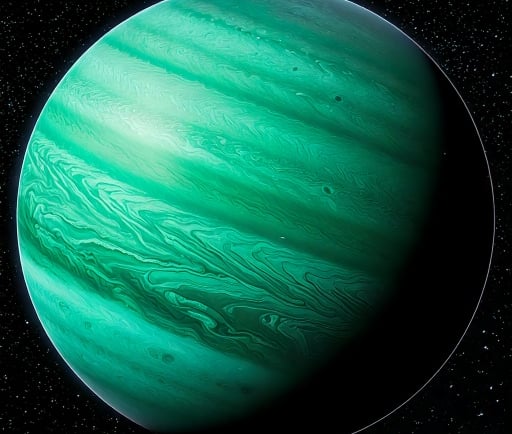K2-333 b: Within the K2-33 System


Introduction to K2-333 b
K2-333 b is a fascinating exoplanet that has captured the attention of astronomers and space enthusiasts alike. Located in the K2-333 system, this Neptune-like planet orbits a G-type star, similar to our Sun. With a mass of approximately 31.6 Earths, K2-333 b presents intriguing possibilities for understanding planetary formation and evolution in systems beyond our own.
Orbital Characteristics
This remarkable celestial body completes an orbit around its host star every 14.8 days. This relatively short orbital period raises important questions about its climatic conditions and atmospheric characteristics. Given that K2-333 b is a gas giant, it likely possesses a thick atmosphere, similar to that of Neptune. Its close proximity to the host star may subject it to high levels of radiation and heat, which could affect the planet's ability to retain its gaseous envelope.
Significance of K2-333 b for Astrobiology
The discovery of K2-333 b is not only significant in the context of planetary science but also offers insights into the potential for habitable conditions on other exoplanets. While K2-333 b itself may not be conducive to life as we know it, studying the atmospheric composition and weather patterns of such Neptune-like exoplanets informs our exploration of other, Earth-like planets that may be in the habitable zone of their stars.
In conclusion, K2-333 b represents an exciting frontier in the study of exoplanets. Its mass, orbital characteristics, and proximity to a G-type star make it a prime candidate for further research. Continued observation and study of K2-333 b can enhance our understanding of planetary systems and the diversity of worlds beyond our own.
